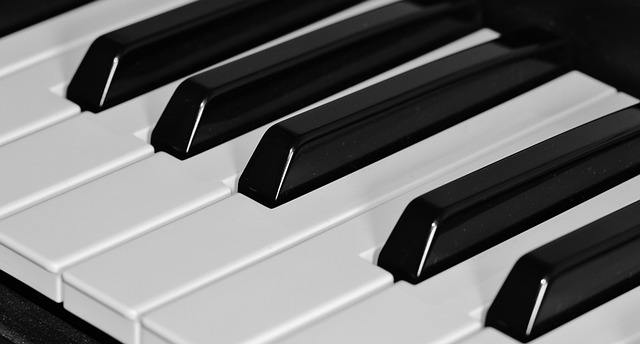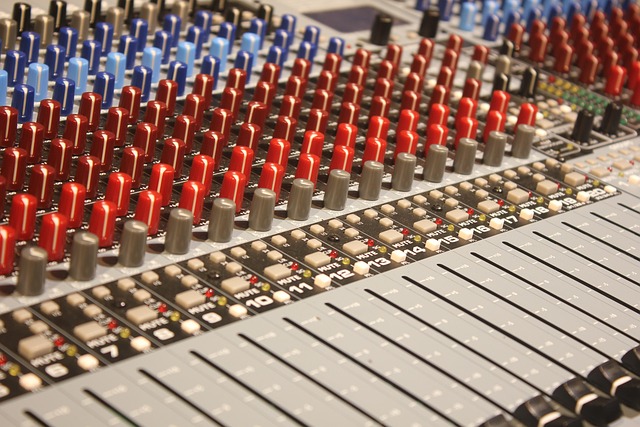Understanding Frequency Response in Audio Recording
When it comes to crafting the perfect audio experience, whether in a home cinema or a professional recording studio, the term frequency response often emerges as an essential cornerstone of sound design. This seemingly technical aspect can dramatically influence how we perceive audio, transforming ordinary soundscapes into captivating auditory journeys.
The Essence of Frequency Response
Frequency response encompasses the range of frequencies that an audio system can reproduce. Think of it like a musical palette, where bright highs and deep lows interact to create a harmonious blend. A well-tuned system will faithfully reproduce audio without coloring or distorting the original sound, allowing listeners to engage deeply with their favorite tracks, films, or even video presentations.
Why Frequency Response Matters
Imagine watching a scene in your cinema room where an orchestral score swells amidst emotional dialogue. If your setup has a poor frequency response, those highs might sound tinny or overbearing, while lows could become muddy, obscuring key audio details. On the other hand, an audio system with an exceptional frequency response captures the full spectrum, emphasizing clarity and balance. This means every whisper, note, and sound effect becomes an integral part of the narrative, enhancing the viewer’s immersion.
Nailing the Perfect Setup
To achieve impeccable frequency response, consider the following elements in your audio recording and reproduction:
- Microphone Choice: Different microphones have unique frequency response characteristics. Selecting one that complements the source sound can significantly enhance clarity.
- Room Acoustics: The physical space where you record or play audio influences how sounds interact. Acoustic panels and careful placement of speakers minimise undesired reflections and enhance the overall response.
- Playback Equipment: High-quality speakers or headphones can reproduce the audio spectrum more accurately, bringing out subtleties that would otherwise be lost.
The synergy between these components underlines the importance of frequency response. It’s about creating a balanced and immersive experience, whether one is analyzing a delicate musical piece or reliving the thrill of a blockbuster film.
Embracing the Journey
In the world of audio and video recording, understanding frequency response not only elevates the technical quality of sound but also deepens the emotional connection we have with audio. When we engage with well-crafted soundscapes, we don’t just hear; we feel, we resonate, and we connect with the stories told through sound.
As you venture forth on your audio journey—whether constructing the ultimate home cinema setup or refining your recording techniques—remember that the true art of sound lies in the nuances of frequency response. By paying attention to this aspect, you invite a richer, more satisfying auditory experience into your life.



